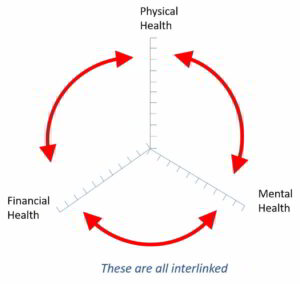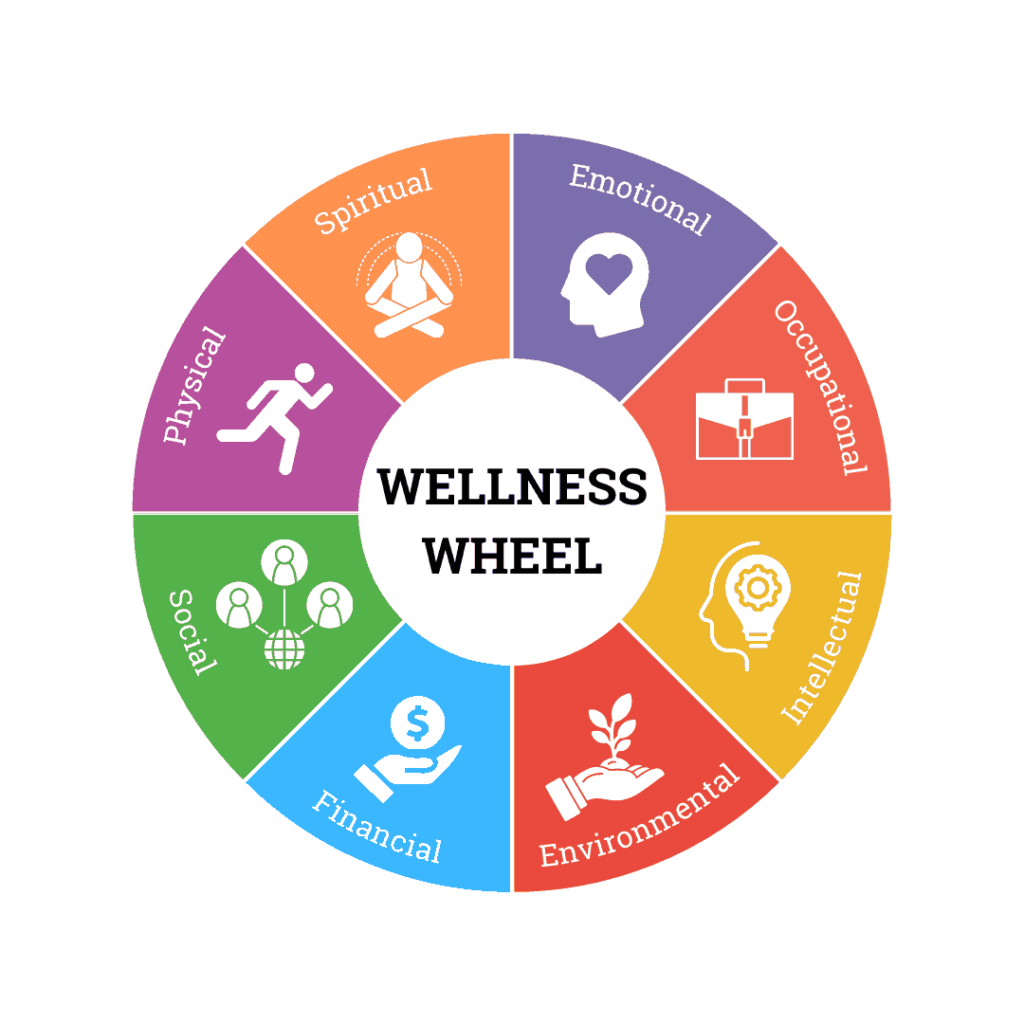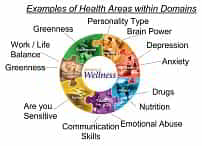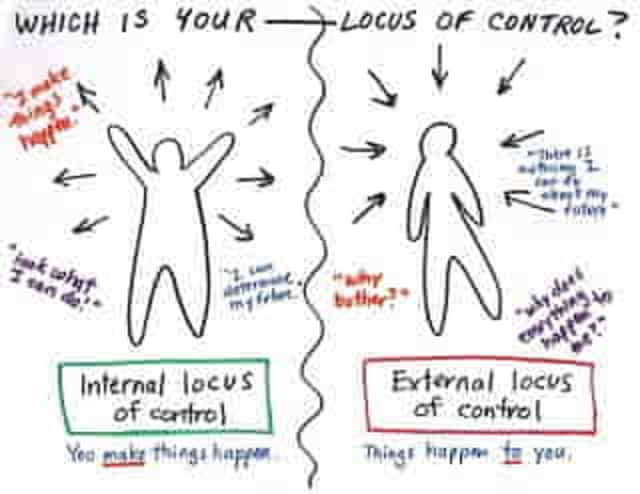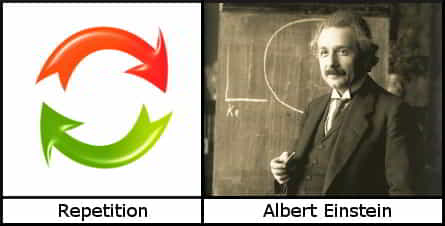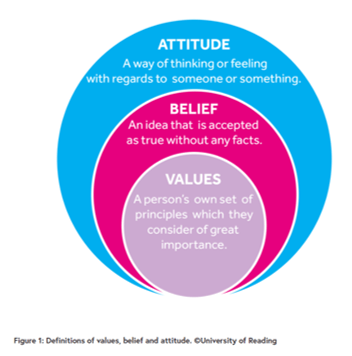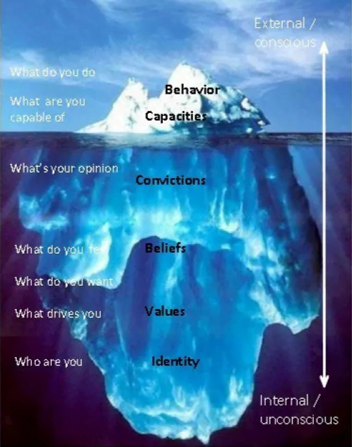Your Dashboard Tools
it's 17 Mar, 2025 5:16 pm
Fitness exercises for busy people
field_5f0c304c72876 - is the title of the exercise
Exercise Summary
The following was published on TheBuddingOptimist website.
14 EASY (AND SNEAKY) WAYS TO EXERCISE FOR BUSY PEOPLE
Sharing is caring!
How to fit exercise into a busy schedule without a ton of effort
In a perfect world, we’d all have an hour to spare every day to go to the gym.
But the reality is you can’t even get enough hours to sleep, let alone hit the gym.
I know your struggle.
A few years ago I encountered the same problem. I had just graduated from university and landed my first real job. The position was an exciting role—one that really tested my chops and made me grow leaps and bounds—but it was definitely more than I could chew at the time. Not to mention the commute to and from work took 3 hours out of my day. It was exhausting.
I was also living by myself for the first time in my life. By the time I got home, cooked dinner and washed up, it would be almost time for bed. I was so tired anyway that even if I could find half an hour to hit the gym, every cell in my body resisted.
Main Activity
Study, educate and create an action plan of activity
1. Do the Horse Stance While You Brush Your Teeth
2. 10-Minute Power Workout During Lunch
3. Tighten Your Abs While You Sit in Traffic
4. Do Calf Raises While You Wait in Line
5. Inner Thigh Workout While You Type Away
6. Crunch Your Abs at Your Desk
7. Take the Stairs and Do This With Your Step
8. Standing Leg Lifts While You Talk on the Phone
9. Do These Exercises Every Time You Go to the Bathroom
10. Lunge Walk From Room to Room
11. Turn House Chores Into Exercises
12. Park Farther Away or Get Off the Bus a Stop Early
13. Give Your Arms a Workout at the Grocery Store
14. Total Body Stretch While You Shower
15. Final Thoughts on Easy Ways to Sneak in More Exercises Into a Busy Day
Video
Title
Summary
Play
Now you have to decide if you want this exercise to be part of your action plan.
If you don’t, then either hit the back arrow or click the button to go back to look at another exercise.
If you do, then carry on down the page and follow the instructions.
If you want to include this exercise in your action plan, select Yes from on the right then click the green button saying ‘Include this exercise’.
Sadly you’ll go back to the top of this page – please scroll down and fill in the bits that appear before here.
Select the action plan you are working on
See the action plans you have created, and click the button to copy the action plan title in the one you want to associate this exercise with. A box will appear with the name of the action plan shown – click the grey button to the left of it. It will wobble and this will copy the title of the action plan into the clipboard. Then hit the X in the top corner to close that box.
Then click below where it says ‘Paste here’ and right click to paste the action plan title into the box and press the green button.
Test34 action plan called Before yoga
I need to prove how smart I am
LindaB action plan called test action plan
This is a test issue
Linda Contributor action plan called Testing an action plan
Test10 action plan called Testing new action plan
LindaB action plan called Let’s do this!
I feel I am too reserved and quiet and want to become more outgoing and deal with people better
Now you’ve copied the action plan title, paste it on the right and press the green button. After a short pause you will be taken to a page where you will set up your own version of this exercise.
Please bear with us while we set up your own version of this exercise. It will take a short while.
Now you’ve planned your exercise, you will be sent to the page for monitoring how you’re getting on with it.
Press the green button every time you want to add details of when you do the exercise. When you’ve decided how you feel about the exercise, you can fill in the last bits saying how you found it, then press the ‘Update Your Exercise’ button.
Add a comment
You can leave a comment below – we’ll get back to you.
